Tea Competition, also known as “Dou Ming” or “Tea Battle,” refers to the practice of competing for the best tea quality. It originated in the Tang Dynasty and flourished during the Song Dynasty.
Tea competition was a popular pastime among the wealthy, known for its competitiveness, entertainment, and challenge.
Participants would take turns brewing their prized teas and evaluate each other’s brews to determine the best. In ancient China, most tea was made into tea cakes, which were then ground into powder.
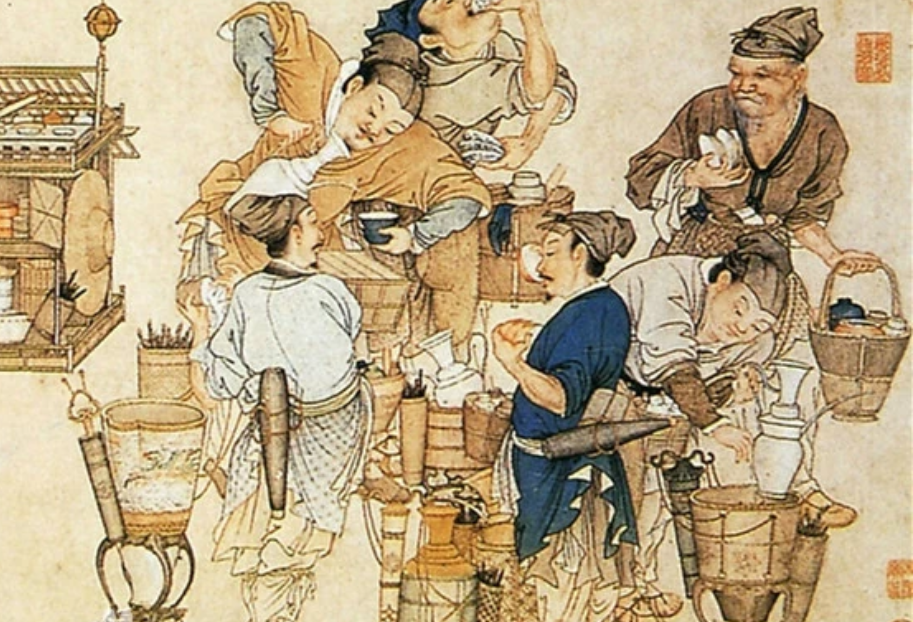
The powdered tea was brewed and consumed along with the tea leaves. Tea competitions could involve multiple participants or two individuals going head-to-head, with the best two out of three rounds determining the winner.
Overview of Tea Competitions
The Song Dynasty in China was a period of great emphasis on the tea ceremony. From emperors to scholars, everyone enjoyed this refined activity.
Song Emperor Huizong wrote “Da Guan Cha Lun” (Treatise on Tea), while other notable figures like Cai Xiang wrote “Cha Lu” (Tea Record), and Huang Ru wrote “Pin Cha Yao Lu” (Essentials of Tea Tasting).
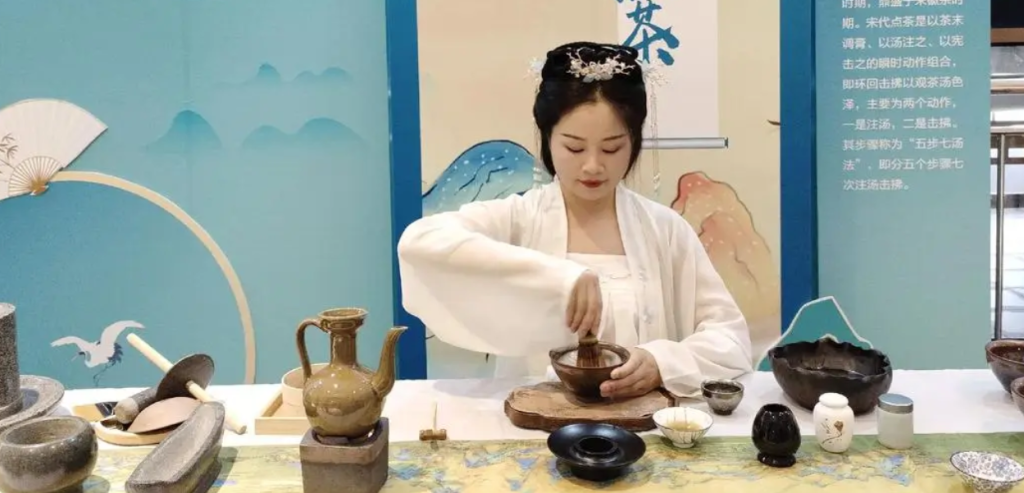
Tea competitions were a popular form of entertainment, particularly during the Song Dynasty.
During the Qingming Festival, when new tea leaves were freshly harvested, it was the ideal time for tea competitions. These competitions could involve a handful of participants or sometimes even larger gatherings, and the events attracted crowds, much like modern-day sporting events.
Tea competitions were often held in tea houses, which featured large front halls for business and smaller back rooms with kitchens for brewing tea.
Wealthy households also held competitions in elegant private rooms, gardens, or serene riverside locations, making these the perfect settings for tea battles.
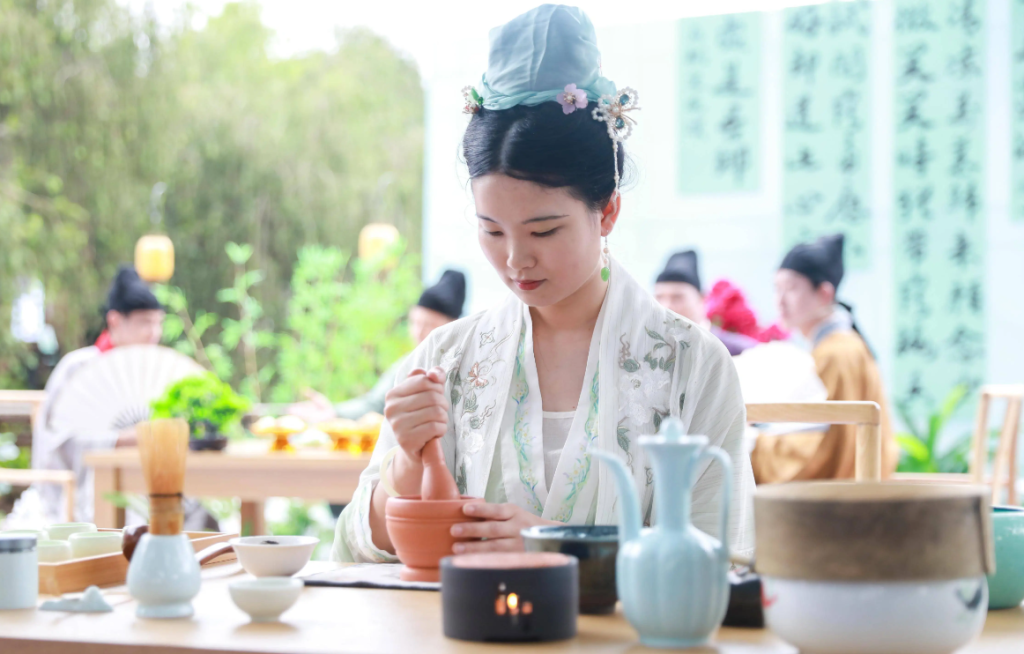
Participants would use their best teas and take turns brewing and tasting each other’s teas to decide a winner. The tea was typically ground from tea cakes and brewed in a way that involved frothing the tea. The ability to create persistent froth that clung to the tea cup’s rim was highly prized in the competition.
The Elements of Tea Competitions
Tea competitions involved three main components: tea quality, tea etiquette, and tea artistry.
- Tea Quality
Freshness was the most valued attribute in tea competitions, and water quality was also crucial. The color of the brewed tea was evaluated, with pure white being the highest quality, while greenish, grayish, or yellowish hues were considered inferior. - The ability to maintain froth on the tea’s surface was also a key factor. Skilled tea preparation techniques could produce long-lasting froth, known as “biting the cup.”
- Tea Etiquette
During tea competitions, participants would also recite poetry or share stories related to tea. This tradition, called “tea commands,” added to the ceremonial atmosphere, much like toasts during wine tastings. - Tea Artistry
Known as “Tea Hundred Plays” or “tea froth artistry,” this unique Song Dynasty practice involved manipulating the tea’s froth to create patterns reminiscent of landscapes or animals, similar to ink painting. It was a highly respected skill among scholars and tea enthusiasts.

Tea Bowls Used in Tea Competitions
Tea competitions in the Song Dynasty often used black-glazed bowls from Jian kilns in Fujian Province.
These Jian Zhan bowls, also called “Wuni Jian” or “Black Jian,” were highly valued for their dark color, which contrasted beautifully with the white tea froth.
The most renowned among them was the “Rabbit Hair” bowl, characterized by its black glaze with silver streaks.
Jian Zhan bowls were preferred for their ability to highlight the froth during tea competitions. Other famous tea bowls included the “Oil Spot” and “Partridge Feather” bowls, each named for their distinctive patterns.
The intricate process of making these bowls, with unique glazes and kiln effects, made them especially prized during tea competitions.
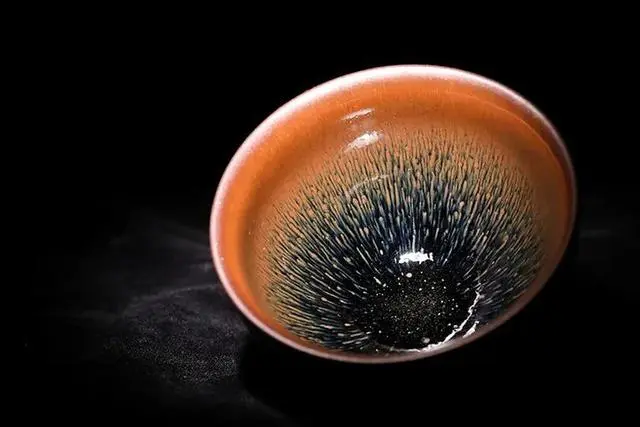
Judging Criteria in Tea Competitions
Tea competitions were judged based on two key criteria: tea color and froth.
- Tea Color
The ideal tea color was pure white, indicating high-quality tea leaves and proper steaming during preparation. Greenish, grayish, or yellowish hues suggested over or under-steaming, while a reddish color indicated over-roasting. - Froth
The froth’s texture and persistence were also crucial. The finest froth would cling to the cup’s edge and remain intact for an extended period, known as “biting the cup.” A quickly dissipating froth was a sign of lower-quality preparation.
Modern tea competitions, such as those held in Anxi County, Fujian Province, during the harvest season, continue this tradition. Tea farmers compete to produce the best oolong tea, and winners are awarded the prestigious title of “Tea King.”
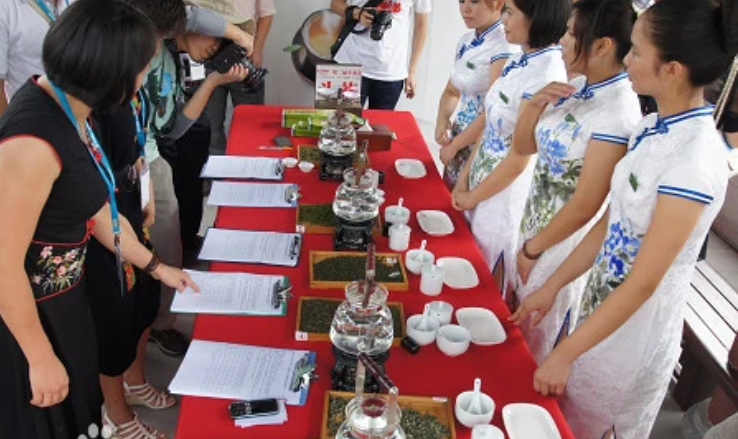
The Characteristics and Influence of Tea Competitions
Tea competitions as a folk activity have evolved but retained elements of tradition. Modern competitions, like the one in Xiping Town, Anxi County, where farmers compete for the title of “Tea King,” reflect the ongoing development of tea culture.
Participants take pride in showcasing their tea, and the competition remains a major cultural event in the region.
